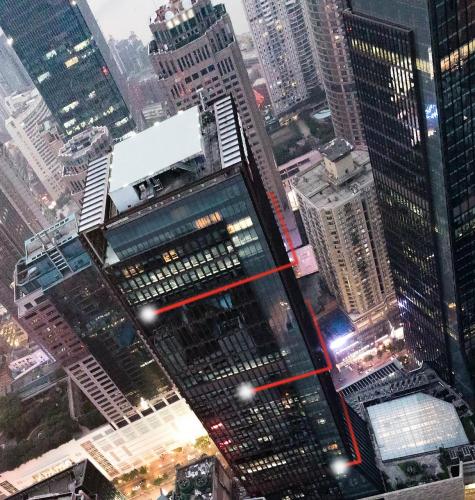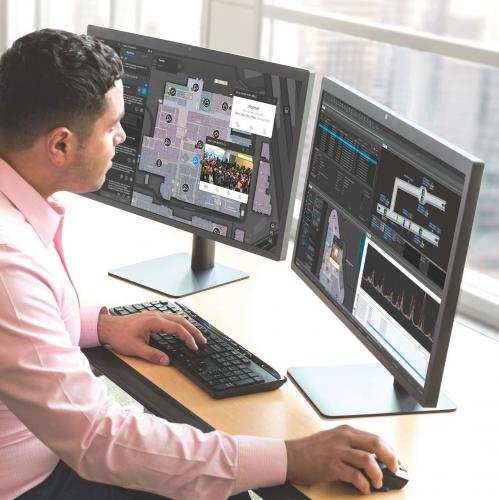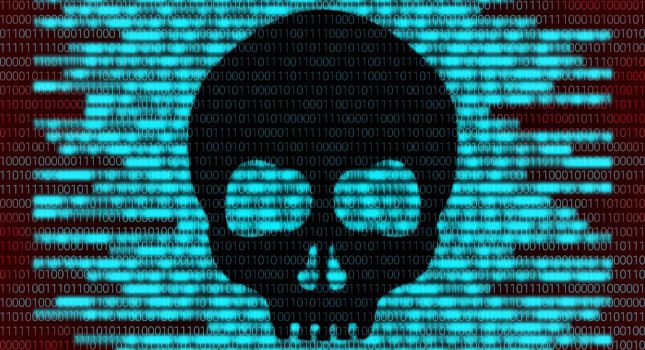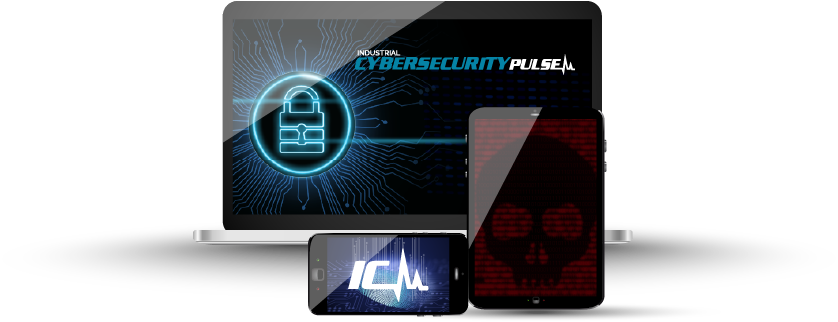Learning objectives
- Learn how to properly examine and maintain building operating systems for optimal protection from cyberattacks as the rise of IoT and connectivity draws more attention to building systems as potential targets.
- Discover how intelligent building systems can help streamline operations, improve resource management and feed the bottom line.
- Understand IoT’s ability to enhance tools including digital twin models when it comes to collecting, integrating and analysing data.
- Learn about the convergence of OT and IT skills in the workplace to address increased cyber threats to buildings.
As with each new year, resolutions typically revolve around organizing, living a healthier lifestyle, learning new skills or embarking on a new adventure.
In 2020, these same resolutions can be applied to buildings. Advanced technology and the “internet of things” are revolutionizing the way buildings operate and how building systems are installed. This helps to enable automatic integration and orderliness, enhance connectivity and efficiencies, power modelling techniques for system testing and brings sharper expertise and personalization to building spaces.
Below are four resolutions to help building owners and facility management teams stay on top of emerging trends, while leveraging new innovations for building operations.
1. Getting your building systems in order
Start the year off by addressing outstanding building maintenance issues and initiating preventative measures. For example, any companies still operating on Windows 7, Windows Server 2008 R2 and Small Business Server (SBS) 2011 were urged to update their operating systems before Jan. 14, 2020, when Microsoft ended regular security updates or “patches” to these dated systems.
Microsoft used to push out system fixes for roughly 70 threats each month. Without protection, vulnerabilities could swiftly turn into a crisis for companies that have not yet updated its systems. According to NetMarketShare, approximately 33% of all PCs around the world are still running on Windows 7 — a concerning amount for maintaining building system health and security in the first quarter of 2020. As such, those devices will be exposed to potential cyberattacks, malware and other viruses.

This deadline marks the beginning of a transformative time for building managers as they begin to migrate to Windows 10 or cloud/web-hosted virtual environments.
2. Prioritizing health, one system at a time
Just as many New Year’s resolutions revolve around improved health or new habits, buildings benefit from healthier systems, too. Smart buildings handle many moving parts simultaneously — from using predictive analytics for preventive maintenance, to keeping occupants comfortable while conserving energy.
To streamline complex building operations more effectively while also improving the bottom line, facility managers look to intelligent building systems that work around the clock to improve resource management. Such systems are designed to automate and enhance building experiences by keeping all essential components as healthy, functional and operationally efficient as possible.
Throughout 2020, more facility managers are likely to commit to digitally transforming their buildings through use of integrated systems — and as Gartner predicts, buildings are expected to account for 81% of all connected things this year. That means these newly implemented systems could help usher in an era of more intuitive, reliable buildings that businesses and occupants can depend on for years to come.
3. Don’t just predict the future, prepare for it
As IoT becomes more prevalent in buildings, the application of digital twins — cyber models or “avatars” of physical assets, process and systems — is transforming the way facility managers learn and analyze data to better connect buildings at scale. These insights are sharpening managers’ understanding of systems and their ability to operate sites most efficiently.
Before implementing new processes at facilities for things like maintenance, a digital twin model provides a replica in a virtual environment so that facility management teams can pilot the user experience and see around corners before going live. The approach also can be used to fine-tune existing processes that are underperforming or out of alignment. For the buildings sector, the goal is to prevent downtime that results in the loss of productivity, revenue and the trust of employees, partners and other stakeholders.

Along with user experience, the ability to collect, integrate and analyse data in a meaningful way through a digital twin is proving to be a winning formula for many companies. The capabilities can be deployed in a single building or throughout an entire portfolio of facilities. Industries including manufacturing, engineering and aerospace have been embracing this approach for many years now.
4. Setting a new path for tomorrow’s facility managers
As buildings becomes more connected, they also can become a target for sophisticated cyberattacks on their operational technology systems. Therefore, facility managers need to prioritize having a plan in place to combat these cyber threats head-on — giving rise to the need for a new type of security professional as operational technology and information technology responsibilities begin to overlap.
As it’s already common for IT cybersecurity professionals to learn more OT skills and vice versa, we will likely see more workers emerge with both capabilities — poised to better tackle the elevated risk of cyber threats to buildings. Moving forward, the industry will have to quickly adapt and foster a learning environment to help develop and nurture this new talent pool.
Looking ahead to the rest of 2020, facility managers may aim to push their buildings systems to the next level for different reasons — including supporting business objectives, exceeding occupant expectations, remaining as secure as possible or all the above. Regardless, one thing is fundamental: having intelligent building systems in place, backed by rich data analytics and insights to empower buildings to work harder for all who interact with it.
RELATED ARTICLES
Integration, interoperability in high-performance buildings
https://www.industrialcybersecuritypulse.com/integration-interoperability-in-high-performance-buildings/
Case study: Eight steps to managing building cyberphysical risks
https://www.industrialcybersecuritypulse.com/case-study-eight-steps-to-managing-building-cyberphysical-risks/
How to get started designing a smart building
https://www.industrialcybersecuritypulse.com/how-to-get-started-designing-a-smart-building/
Original content can be found at Consulting - Specifying Engineer.
Do you have experience and expertise with the topics mentioned in this article? You should consider contributing content to our CFE Media editorial team and getting the recognition you and your company deserve. Click here to start this process.








